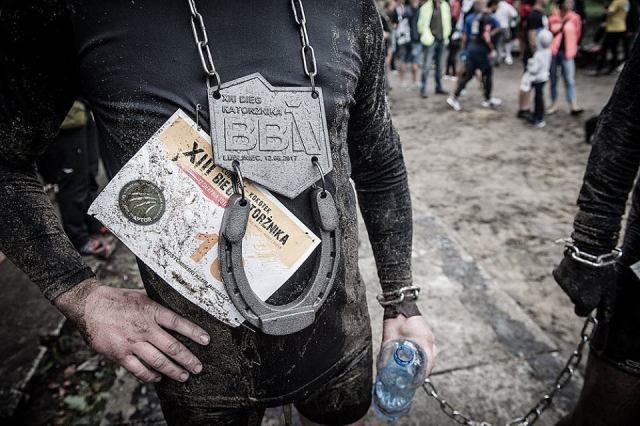Let me tell you, how my journey to Eastern Europe went on. In Warsaw I decided to visit Poznan on my way to Berlin. Why Poznan? Just because I liked the name. In sports “pose” is a running method. In marketing Posner is a psychologist famous for his models for attention. Probably the most difficult topic in Cognitive Neuroscience.

Arrived in Poznan I first found out, that they were building a new train station, later I found out that there are several concepts to ameleorate the postwar and socialist conditions (Osiedles). I was living in an old town hostel next to the Poznań University of Business and the shopping center Stary Browar, sometimes awarded as the best of the world. For easter there were changing exhibitions of technological easter eggs and rabbits. Being the only one guest I did not know how to evaluate the depressed situation there. Some days later I found out, that the owner, a mountain climber, was killed a few days before my arrival. Then I was learning about their adventurous projects. Liked the military extreme runs, some of them were participating in.

Remarkable that nearly a fifth of the inhabitants of the city are students. And somehow I walked in one of the several university campuses nearly every day. In economics I dealt a bit with market segmentation in tourism. In medicine with brain anatomy, to get hints about how we make decisions, in technology I with the creation of coworking spaces. All together a wonderful mixture to combine with Posners and other attention models in a young and vivid ambience.
Was loving the lake of malta with its scenery and manifold sporting venues. In the swimming pool I was a bit irritated because they change the lengths of the basin at some days and times. There is a timetable with the relevant information.
An extraordinary experience was the multisensual and virtual reality xd cinema in Galeria MM obviously not existing anymore.
Never to forget a new pope was elected while I was in the city. I spend the evening in a cafe, waiting for the white smoke and habemus papam. When the bells started ringing I had a stroll through the festive old town.

